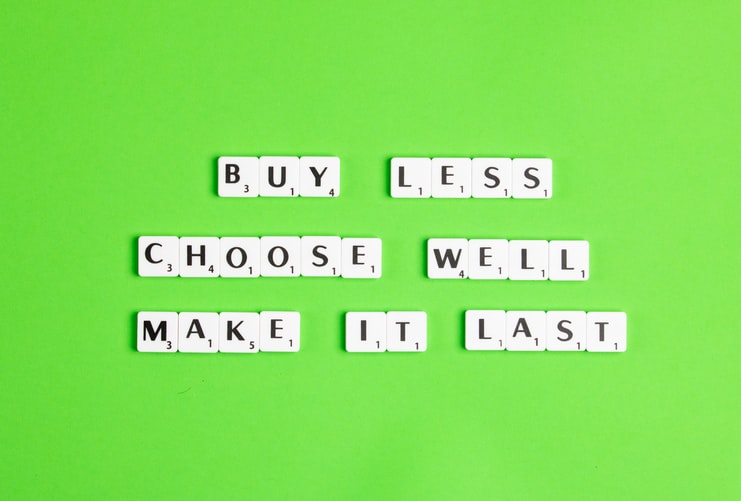You know that feeling when you rifle through that mountain of clothes you own, yet you still have nothing to wear? I used to know that feeling so well.
TikTok clothing hauls dominate your Instagram feed. Fast fashion brands barrage you with adverts on Facebook. So, the temptation to – in three clicks – have some new clothes delivered the next day is difficult to overcome.
Yet, it takes 2,000 gallons of water to make a single pair of jeans, a garment worker in Bangladesh takes home less than 40 dollars a month and 60% of clothing is thrown away within a year of purchase. Frustrated and angry, I decided enough was enough and imposed on myself a year ban from fast fashion.
This meant purchasing no new clothes, only buying second-hand and badgering my sisters for hand-me-downs. Shopping malls were replaced by Charity shops. Scrolling Depop for inspiration became a hobby. The joy of finding a previous treasured clothing gem tucked behind rails of dodgy printed maxi dresses in a charity shop became unparalleled.
Personally, I have always hated girl shopping trips. As the “dad” of the group, I’m the one who waits on the bench outside. Nothing bugs me more than juggling multiple coat hangers only to find that nothing I picked off the rail looks right. So, I recognize that my year ban on fast fashion was relatively easy. For me green is the new black.
Fashion is having an eco-renaissance
Alternative methods of creating clothes fascinate me. Companies like Orange Fiber are working to transform 700,000 tons of Sicily’s annual orange juice waste into silky yarn. Ananas Anam turn pineapple leaves into leather alternatives. The future of sustainable fashion is both mad and ingenious, with fashion shows and well-known brands engaging in a top-trump game in outdoing each other at becoming sustainable. The future of fashion is looking greener.
However, through looking back at my year without fast fashion it becomes clear that ‘sustainability’ is no bed of roses; it has a dark side. A clear definition around what ‘sustainability’ consists of is long overdue. Two years ago, I thought I was saintly if I exclusively bought the conscious range at H&M. Yet their products only contain some recycled cotton. They are still mostly polyester, a material which – as much as scientists endeavour to make it so – can never be truly sustainable. The lack of an industrial standard for recycled cotton suggests companies jump on the bandwagon of ‘sustainability’. Becoming sustainable is a choice for greater good, not a choice to become trendy.
Is sustainability a luxury?
A friend of mine said that she could not afford to be sustainable. This is a common perception. Yes, new sustainable fashion can come with an enormous price-tag. I recognize that wearing second-hand clothes is a no-go zone for some. Yet high-end stores are not the only ones to tap the sustainable market. I encourage you to shop around and support smaller Gen Z stores committed to selling clothes to help the environment. These smaller shops do not greenwash. They do not pretend to be better for the environment yet still continue to produce mass quantities of clothes.
The number of dresses you buy, say you will wear again, but never do is staggering. If I were going somewhere fancy, I would hire designer dresses for less than £20. Dresses I could never afford ordinarily. HireStreet I would recommend over and over for hassle-free service and beautiful clothes.
The world of sustainable fashion is difficult to navigate. This would be my main conclusion from my year ban on fast fashion. Shopping around is a necessity. Do not always believe a company if they say they are sustainable. The world of sustainability goes beyond textiles; does this brand pay decent wages? What natural resources do they use? Do your homework. Luckily, there is an app Good On You which has rated more than 2,000 brands on their treatment of people, the planet, and animals. It provides a quick verdict on which brands are innocent or guilty of greenwashing (if only dating apps similarly told you who to avoid!).
Becoming sustainable in our fashion choices is a compulsion, not an option in the future. It is becoming chic to repeat. That cute new top you bought for a fiver at Pretty Little Thing, is not a pretty thing. So next time, ask yourself if you really need new clothes. Would you wear this more than once? Because I guarantee you always will have a perfect outfit in the back of your wardrobe.
Olivia Bothamley-Dakin
Featured image courtesy of Edward Howell via Unsplash. Image license can be found here. No changes have been made to this image.

